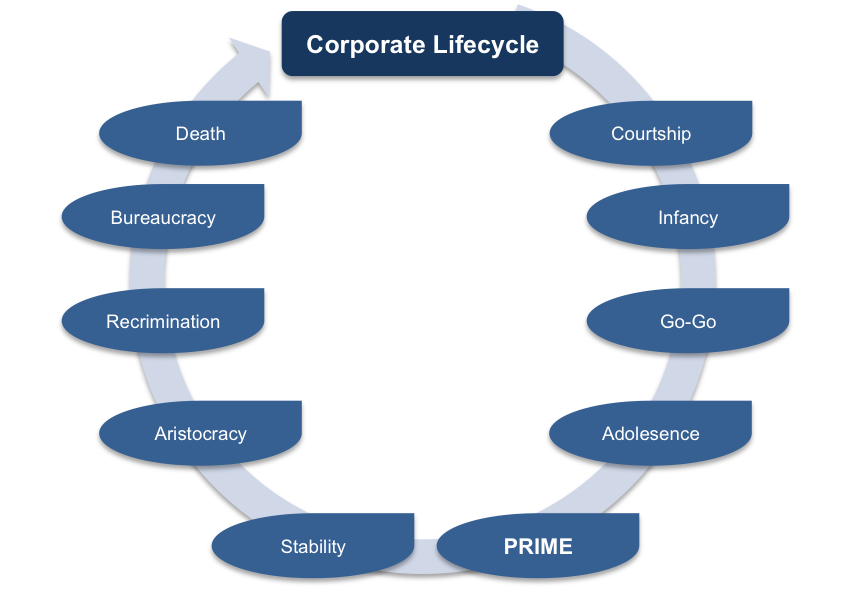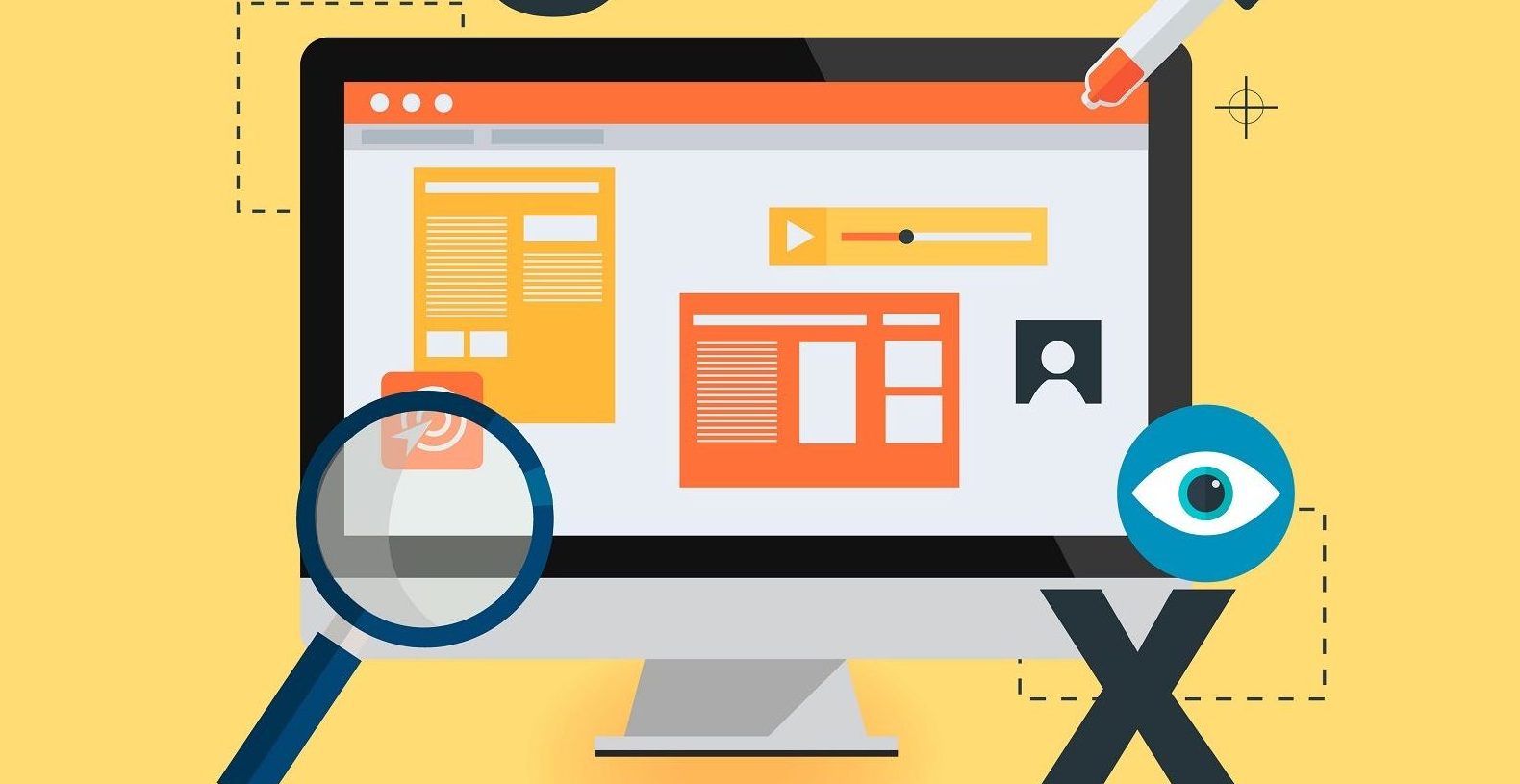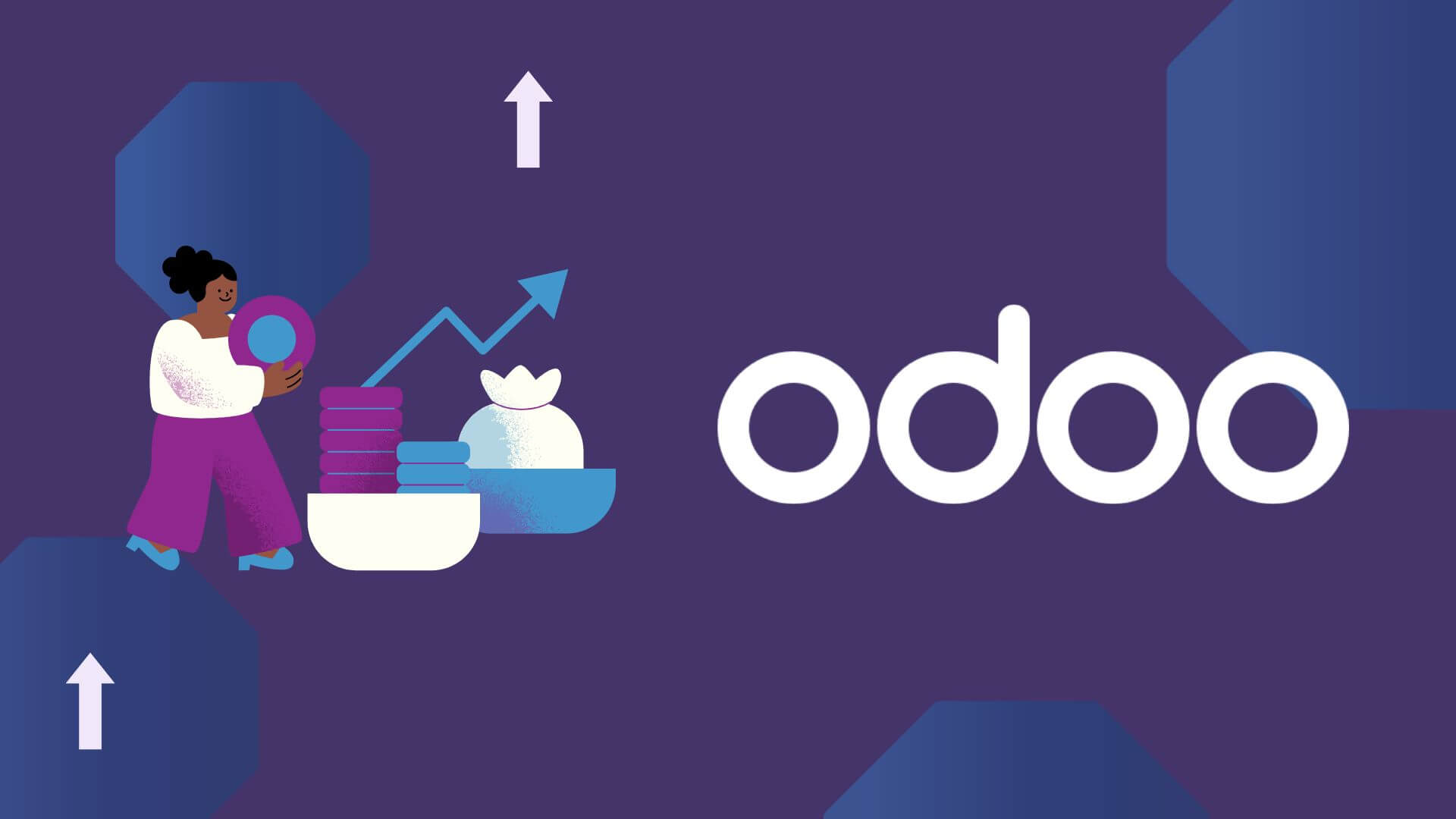Creating a culture of management by numbers is not an easy task. Numbers tell a story but how to get it right and deliver it to your team? Where to start, to end up with success? Before you begin, prepare yourself that this project requires good planning, passion and a lot of patience. You can fix 99% of the technical things but lacking patience can be a project killer. So take a deep breath and jump in. It will be a journey where you will find out a lot about your business and values. Be ready for couple of surprises too.
Make sure your business goals are clear
To navigate through the sea you have to know where you are going, right? Without a target you might float on water but that is probably it. Clear goals help a company measure its success, as well as help with overall planning. If you have not done that yet, sort this out first.
Write the list of your short term and long term business goals. If needed – ask the help from a business consultant or someone successful in their business. Be realistic and set real goals that can be described with numbers. If your goals are too abstract, it will be hard to measure them. Do not focus on how you will reach them yet, it is too early for that. Be patient.
Here are some questions to think about:
- Markets – What markets are you planning to focus on? What is the key of success for those markets? Analyse your current markets and add some you would like to go. For example, market goal could be reducing sales in countries that are not profitable and focusing on others, or focusing on larger companies instead of smaller businesses.
- Growth – How fast are you planning to grow and which directions are the most important? Growth per product group, per region, per department?
- Profitably – Are you planning to improve profitability? What affects it directly and indirectly? Typically it means increasing revenue and limiting your expenses. Better both :). It could consist of increasing annual sales by 10 percent for most Profitable regions or Product groups, finding better offer for office rental or cutting off unprofitable product lines.
- Efficiency – What about efficiency? Are there any improvement points you are aware of? What affects it? Efficiency goals could include automating some workflows that take long time for your employees, ordering from suppliers that deliver quality products faster, training employees how to plan their tasks. Also excluding customers that waste time of your people could bring you closer to being more effective.
- Customer Service – Are your customers happy with your service? Customer service goal could improve reducing complaints by 30% in the next year. To reach that you would have to start measuring your customer satisfaction.
- I suggest that you also write Issues and unclear questions – It might look that they are not connected to reaching your goals directly, but actually they are. Try to identify which goal they are related to. Add those issues as subtasks to your goals. You can add to the list anything unclear about any department and process. Anything that you usually want to know to make your decisions but answer is impossible to get or takes too long time to calculate. Write those that you can currently measure and also those that you cannot. It is important that you do not skip impossible and more complicated ones. Why? Everything unclear changes the way how we think about this topic. To get this question out of the list you have to get the answer or realise that this question is not important.
Is this the right time?
I personally think that this question gets less attention than it should. Choosing the right time and goals according to your reality is directly connected with Business Intelligence (BI) project failure. With failure I mean – BI system is not used one year after the implementation.
Any new project puts a lot of pressure internally to your employees and everybody else involved. Most of them will find time only for things that affect their reality directly or if you explain to them that this is the right direction to go. Think about your company as a growing child. Each company is going through different stages – I personally prefer Adize’s definition of a company lifecycle.

You can identify where you currently are by analysing your daily workflow and current business goals. For each phase the right goals should be set, so they would not conflict with your reality.
For example, if you try to implement very strict Budget monitoring while being in the Infancy stage, you will probably fail, as things are changing every day and processes are not that clear yet. In the Go-Go phase it is the right time to set up Sales KPIs or analyse customer satisfaction.
Look at your list of goals now again and decide – which of the goals are for far future and which are actually important now, and will help your business to grow?
Select internal ambassador
Choose internal project manager who can deliver your message, has free time for this project, but most importantly – who is passionate about it and believes that implementing Business intelligence will improve quality and efficiency of the daily work and result in success.
Some qualities of a good internal project manager for BI:
- shares your passion and vision
- has time and is available
- knows your team and has authority
- will make this project his priority
- unstoppable – will not stop after first stones under his/her feet.
Dream big but start small
It is like going to the gym after a long brake – you should not aim to improve all at once. Start with small steps, and it is promised you will get to the results faster.
Organise your business goals and questions in the list by priority. What is most important? What can wait? What is really painful and what is actually a minor issue? On the top of your list, you might find something that is not directly affecting your goals but really disturbs you on a daily basis. If so, focus on that. These ‘bugs” do not let your mind focus on what is important.
Now write under each goal subtasks and smaller KPIs that you think are realistic to measure. Some examples:
Profitability
- Budget forecasts and results, operating cash flow, net profit margin, gross profit margin, items sold/not sold, sales person targets and results, geographic spread of customers;
- Customer segmentation and profitability – conversion rate, customer activities, customer segmentation and profitability, sales person activity and gross profit over time, sales person time spent by customer category, customer value, customer activities.
Marketing
- Brand awareness, conversion rate, site traffic, social shares.
Customer service
- Customer satisfaction (NPS — Net Promoter Score), customer growth, customer value, geographic spread of customers;
- Product – product related tickets, customer satisfaction (NPS — Net Promoter Score), usage statistics (SaaS products).
Efficiency
- Distribution channel efficiency, logistics department efficiency, suppliers analytics, stock turnover;
- Employees efficiency, employee activity (call central, CRM), employee work quality;
- Number of bugs, length of development cycle, app usage, customers and sales.
Data jungle
Be prepared to do some homework to get closer to those answers — business intelligence can do miracles on data, if it is correct. The good news are that you can use BI also for improving your data quality and access a whole new world of numbers that actually give you insight and you can trust.
Well done!
You have finished first phase of implementation – you know where you are going and have some ideas how you are going to get there. Have a rest now and get ready for the next part – converting your ideas into real BI dashboards.
Topics for the next part:
- How to convert Business goals to Business dashboards?
- How to choose most important KPIs?
- How to access data carefully and find the right numbers?
- How to choose BI platform?
Meanwhile you can read
How to Build a Dashboard that works? |
and think about people who will actual use the implemented BI system.



